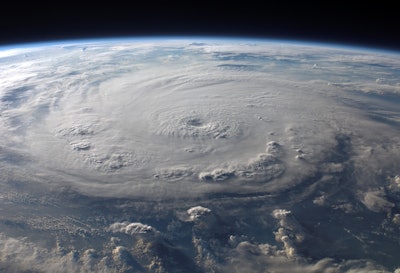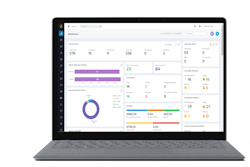
Resilience360 and Riskpulse have jointly released the “2020 Tropical Storm Season Outlook,” which explores what the upcoming tropical storm and hurricane season could bring, and how storm activities may impact supply chains, especially in light of the ongoing COVID-19 pandemic. .
“COVID-19 has tested and strained the resilience of global logistics and production operations that will now be forced to also respond to an unpredictable storm season,” said Shehrina Kamal, product director, risk monitoring for Resilience360. “Amid these challenges, supply chain professionals will have to plan in advance on how to address production delays and logistics bottlenecks and be prepared to make quick decisions.”
The report provides a comprehensive view of what to expect from the upcoming tropical storm season, and shares insights on the disruptions and damages from past storms to help organizations prepare.
“Our experts forecast that during the upcoming tropical storm season, companies should expect above normal activity in the Atlantic (Gulf of Mexico, Caribbean, and Atlantic),” said Jon Davis, chief meteorologist, Riskpulse. “As the tropical storm season approaches, organizations faced with balancing the impact of oncoming storms while attempting to maintain efforts to contain COVID-19 will need to prioritize resources and develop contingency plans in advance.”
The report features:
- The impact of COVID-19 on global supply chain operations as storm season approaches
- Predictions and themes to watch out for during the upcoming storm season
- The exposure of top ports, airports and urban city centers around the globe to tropical storm and hurricane activity
- Supply chain impacts of previous storms, specific issues faced by critical transportation hubs during past storms, and their current situation amid the COVID-19 outbreak
- Recommendations on what organizations can do to assess the exposure of their supply chain networks in the upcoming season as well as measures they can adopt to minimize impact
“Companies should map and visualize key assets in their supply chain network to gain a comprehensive picture of where they operate and source from, as well as which transportation hubs are frequently used,” continued Kamal. “Having a good understanding of the network will help set the foundation to further analyze the potential impact of an upcoming storm on the business, including risks to individual shipments, products, and revenue.”
















![Pros To Know 2026 [color]](https://img.sdcexec.com/mindful/acbm/workspaces/default/uploads/2025/08/prostoknow-2026-color.mduFvhpgMk.png?ar=16%3A9&auto=format%2Ccompress&bg=fff&fill-color=fff&fit=fill&h=135&q=70&w=240)